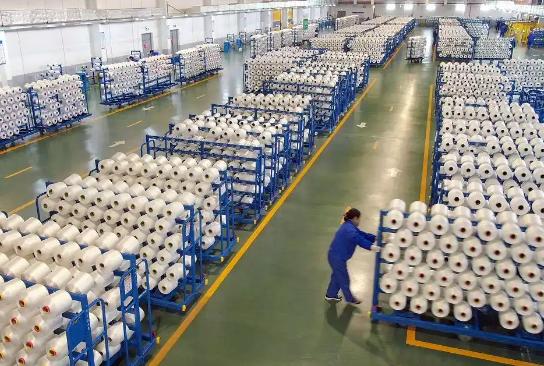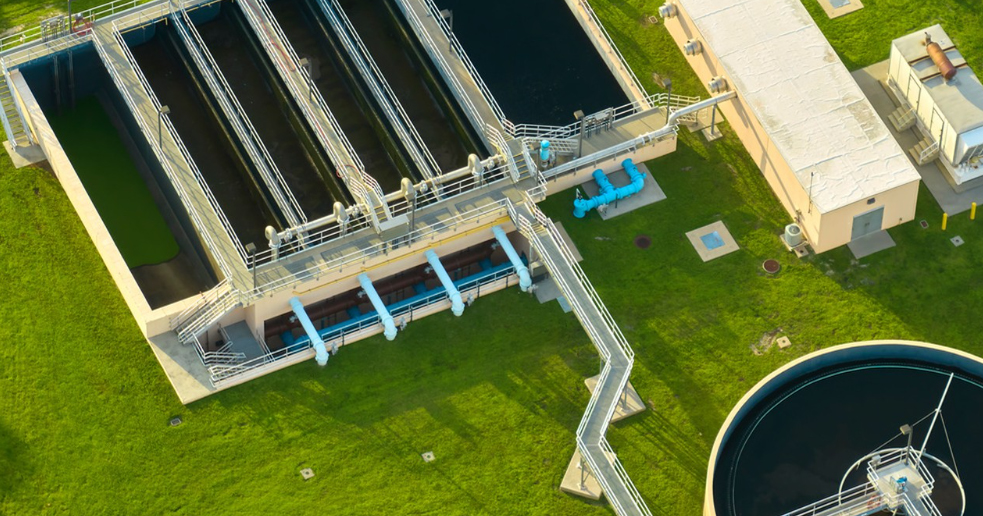In the realm of wastewater treatment, the excessive presence of ammonia nitrogen has emerged as a critical environmental concern. Ammonia nitrogen, primarily derived from industrial discharges, agricultural runoff, and municipal sewage, poses significant threats to aquatic ecosystems and human health. Elevated levels can lead to eutrophication, oxygen depletion in water bodies, and the formation of harmful byproducts such as nitrates. To address this challenge, the development and application of specialized ammonia nitrogen removers have become indispensable. These solutions, including the ammonia nitrogen remover, remove agent for ammonia nitrogen, and ammonia nitrogen remove agent, offer efficient ways to eliminate ammonia nitrogen from sewage, ensuring compliance with strict environmental regulations.
Understanding Ammonia Nitrogen in Sewage
Ammonia nitrogen in sewage exists in two main forms: free ammonia (NH3) and ammonium ions (NH4+), depending on pH and temperature. Both forms are highly soluble and can easily penetrate water systems, causing detrimental effects. Industrial sources like chemical plants, food processing facilities, and fertilizer manufacturers often discharge wastewater with high ammonia nitrogen concentrations. Agricultural activities, particularly livestock farming and the use of nitrogen-based fertilizers, contribute significantly through runoff, while municipal sewage contains ammonia nitrogen from human waste and household chemicals. The accumulation of these pollutants necessitates effective treatment methods to prevent ecological damage and ensure safe water reuse.

The Role of Ammonia Nitrogen Removers
Types of Ammonia Nitrogen Remove Agents
Chemical Precipitation Agents: These agents work by forming insoluble precipitates with ammonia nitrogen. For example, the addition of magnesium salts (Mg²⁺) and phosphate salts (PO4³⁻) in the presence of ammonia creates magnesium ammonium phosphate (MAP, MgNH4PO4·6H2O), a crystalline precipitate that can be easily separated. This method is efficient for high-concentration ammonia nitrogen wastewater and is known for its rapid reaction times. The remove agent for ammonia nitrogen in this category offers simplicity in operation and can be applied in both industrial and municipal treatment plants.
Oxidizing Agents: Oxidation is another effective strategy to eliminate ammonia nitrogen. Chlorine-based oxidizers, such as sodium hypochlorite (NaClO), react with ammonia to form nitrogen gas (N2) and harmless byproducts. The reaction follows the equation: 2NH4+ + 3ClO- → N2↑ + 3Cl- + 3H2O + 2H+. This process, known as breakpoint chlorination, is highly efficient in converting ammonia nitrogen into gaseous nitrogen, which is released into the atmosphere. Oxidizing agents are particularly useful for treating wastewater with moderate to low ammonia nitrogen levels and can be easily integrated into existing treatment processes.
Biological Agents: Biological treatment methods utilize microorganisms to convert ammonia nitrogen into less harmful substances through nitrification and denitrification. Nitrifying bacteria oxidize ammonia to nitrites (NO2⁻) and then to nitrates (NO3⁻), while denitrifying bacteria reduce nitrates to nitrogen gas. Biological ammonia nitrogen removers are environmentally friendly and cost-effective for long-term treatment, especially in large-scale municipal sewage plants. They require controlled conditions such as appropriate pH, temperature, and oxygen levels to maintain microbial activity, but they offer sustainable solutions with minimal chemical usage.
Mechanisms of Action
Regardless of the type, all ammonia nitrogen removers aim to transform or remove ammonia nitrogen from wastewater. Chemical agents achieve this through precipitation or oxidation reactions, physically or chemically altering the form of ammonia nitrogen to facilitate its removal. Biological agents leverage natural microbial processes to convert ammonia into gaseous nitrogen or solid precipitates, integrating seamlessly with ecological cycles. The choice of agent depends on factors such as the initial concentration of ammonia nitrogen, the type of wastewater, and the treatment goals, whether it is for direct discharge, water reuse, or meeting specific regulatory standards.
Advantages of Using Specialized Ammonia Nitrogen Removers
High Efficiency: Modern ammonia nitrogen removers are designed to target ammonia nitrogen specifically, ensuring high removal rates even in complex wastewater matrices. For instance, chemical precipitants can achieve removal efficiencies of over 90% in high-strength ammonia wastewater, while biological systems can consistently maintain effluent ammonia levels below regulatory limits in municipal applications.
Flexibility: These agents can be applied across a wide range of industries and treatment scales. From small-scale industrial wastewater plants to large municipal sewage treatment facilities, there are customized solutions available. Additionally, they can be used in combination with other treatment processes, such as activated sludge systems or membrane filtration, to enhance overall water purification efficiency.
Environmental Sustainability: Many ammonia nitrogen removers prioritize eco-friendly solutions. Biological agents, in particular, minimize chemical waste and energy consumption, aligning with global trends towards green technology. Even chemical agents are being developed to be more biodegradable and less harmful to the environment, ensuring that treatment processes do not introduce new pollutants.
Cost-Effectiveness: While the initial investment in some removal systems may seem high, the long-term benefits in terms of reduced environmental fines, improved water reuse opportunities, and minimized operational costs make them a wise investment. For example, biological treatment systems have lower chemical consumption compared to purely chemical methods, leading to significant savings over time.
Applications in Real-World Scenarios
Industrial Wastewater Treatment
In chemical manufacturing plants, where wastewater often contains high concentrations of ammonia nitrogen from production processes, chemical precipitation agents are commonly used as the first step in treatment. This quickly reduces ammonia levels before the wastewater is further processed through biological systems. Food and beverage industries, which generate wastewater with organic matter and ammonia from processing byproducts, often employ a combination of biological and chemical agents to ensure complete elimination of ammonia nitrogen, meeting strict discharge standards for receiving water bodies.
Municipal Sewage Treatment
Municipal sewage plants handle a diverse mix of pollutants, including ammonia nitrogen from domestic sources. Biological ammonia nitrogen removers play a central role here, as they can efficiently process large volumes of wastewater over extended periods. In areas with strict nitrogen discharge limits, such as near sensitive aquatic ecosystems, additional chemical treatments like breakpoint chlorination may be applied as a polishing step to ensure effluent quality meets the most stringent requirements.
Agricultural Runoff Management
Agricultural runoff, laden with ammonia nitrogen from fertilizers and manure, is a major contributor to water pollution. Constructed wetlands and biofilters using biological agents are increasingly being implemented to treat runoff before it enters rivers and lakes. These natural-based systems not only remove ammonia nitrogen but also improve overall water quality by filtering out other pollutants, demonstrating the versatility of ammonia nitrogen removers in addressing non-point source pollution.
Challenges and Future Directions
While ammonia nitrogen removers have proven effective, challenges such as varying wastewater compositions, operational costs, and the need for skilled maintenance still exist. Researchers are continuously developing new and improved agents, such as nanomaterial-based adsorbents that can selectively remove ammonia nitrogen with higher capacity, and genetically engineered microorganisms for more efficient biological nitrification. Additionally, the integration of smart monitoring systems to optimize treatment processes in real-time is becoming a focus, ensuring that ammonia nitrogen removers operate at peak efficiency under changing conditions.
Conclusion
The ammonia nitrogen remover, remove agent for ammonia nitrogen, and ammonia nitrogen remove agent are vital tools in the global effort to combat water pollution caused by excessive ammonia nitrogen. By understanding their mechanisms, advantages, and applications, industries and municipalities can make informed choices to eliminate ammonia nitrogen from sewage effectively. As environmental regulations continue to tighten and public awareness of water quality grows, the development and adoption of these efficient solutions will remain crucial in preserving our water resources and promoting sustainable development. Whether through chemical, biological, or emerging technologies, the goal remains the same: to create a cleaner, safer environment by ensuring that ammonia nitrogen is no longer a threat to our water systems.
As a professional chemicals manufacturer in the water treatment Industry, Sanmei have helped more than 5,000 plants with process solutions and helped them improve production efficiency, reduce costs, and optimize profit plans. Our main goal is to assist you in optimizing production efficiency and profitability in a sustainable way. Welcome to consult us and get a free wastewater treatment solution by filling in the form below or email to brian@san-mei.com.












